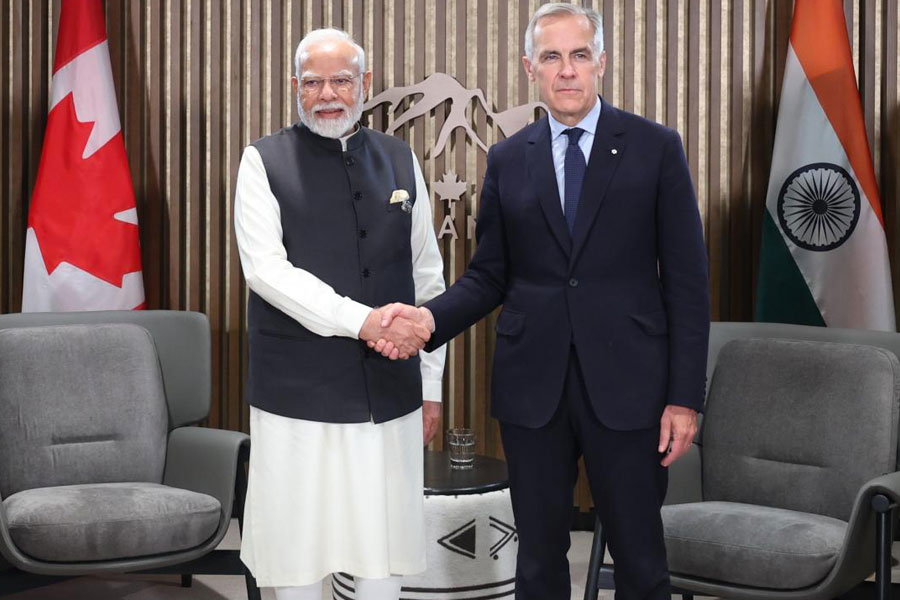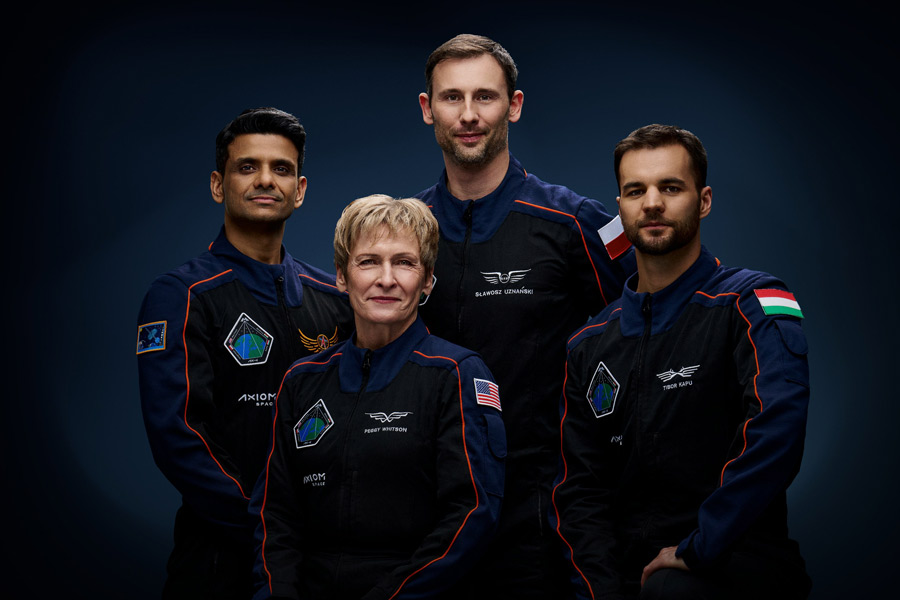|
|
A hundred years ago, in May 1911, Subbalakshmi became the first child widow in Madras Presidency to graduate from college. She was 25 at the time — certainly a little old by today’s standards to be taking a first degree. But then the circumstances of her life had not been exactly easy. In 1886, young Visalakshmi, the wife of the Tamilian agricultural scientist, Subramania Iyer, gave birth to a daughter; she was a ‘forceps baby’, delivered by a European woman doctor. An unusual practice for those times — and baby Subbalakshmi was to grow up to be an extraordinary woman. Her enlightened parents sent the three-year-old to school; dressed in a long skirt and jacket she would be deposited by her father in class on his way to the college at which he taught. A few years later, while on a family visit to Thanjavur, the pitiful screams of a young child were to influence her deeply. Subbalakshmi was horrified as she saw seven or eight older girls with gold chains and taalis (the sign of marriage among Tamilian Brahmins) dancing around the naked infant shouting “Widow! Widow! Widow! You wicked, wicked girl to not have a taali!”. Janaki was rescued by her mother who, having heard the commotion, tied her own taali around the child’s neck. Even more incensed, the married girls attacked Janaki savagely, trying to tear the taali off. Though the infant managed to escape, Subbalakshmi was traumatized, the incident returning to haunt her time and again.
When she was not much older than the little Janaki, Subbalakshmi’s parents decided somewhat reluctantly that a match had to be found for her. Thus, before she was 11, Subbalakshmi was married at a ceremony of which, many years later, she only remembered the beautiful Benarasi sari that she had worn. Within a couple of months, her boy-husband was dead. Subbalakshmi’s parents and her widowed aunt decided that her fate was not going to be that of a traditional widow: her head was not to be shorn, she was not to wear an unbleached sari without a blouse nor of course was she to be treated as a household drudge. More than anything else, she was to be educated. Her father gave her lessons in English and soon she was fluent enough to be admitted to the Presidency Secondary and Training School at Egmore in Madras city. Together with another young girl, she was to be sent to school in a horse-cart. However, her grandmother was vehemently opposed to the prospect of a young virgin-widow going out of the house unchaperoned. The impasse was resolved by the family moving to a house opposite the school. When Subbalakshmi topped the school-leaving examination, there was a furore as people felt that her father had bribed the examiners. Or else, how, out of a class of 12 boys and two girls, could only one boy and a girl pass? A deeply distressed Subramania Iyer was somewhat ambivalent. He did not want his daughter to be stigmatized for life; should he continue to educate her? Would she not become a misfit in a highly conservative society? By this time, however, Subbalakshmi had very clear ideas, and was ultimately able to persuade her father to support her commitment to study and train to be a teacher.
However, this was easier said than done as — though Presidency College did allow girls to join — Subbalakshmi could hardly be expected to sit in a class full of boys. Instead, she was admitted to Presentation Convent where she studied for the Faculty of Arts examination. The nuns named her Sybil and were obviously fond of her; Subbalakshmi, however, resisted any attempts at conversion. After winning two gold medals at the end of the second year, it was time for Subbalakshmi to move on to Presidency College. The experience was not easy: apart from the suffocating rickshaw ride to college, she and the few other girls students were subjected to taunts and pranks by the dominant male student community. Their ire was compounded when, in May 1911, the national newspapers announced the success of the young widow, Subbalakshmi, in the BA examinations. She had won first class honours, outdoing all the boys in her year. Job offers flowed in but Subbalakshmi wanted to train to be a teacher. She combined teaching in her old school with studying for the Licentiate in Teaching.
In the meantime, certain events were to change Subbalakshmi’s life; a young widow, Ammukutty, had come to stay with the family, and was soon joined by a couple of others. At around the same time, a Miss Lynch became the inspectress of girls’ schools with her headquarters in the city. Subbalakshmi — who by now was called Sister Subbalakshmi as her students called her akka, the Tamil for older sister — went to meet the formidable Miss Lynch and the two discussed plans for a home for young widows who could not be supported by their families. Sources have it that at the time, there were around 22,000 child widows in Madras. Their ages ranged from five to 15 years. Both women felt the need to focus on the education and training of girls whose families were concerned about the future of their daughters and daughters-in-law. Initial funding came from the Sarada Ladies’ Union, a group of women committed to helping young widows. Subbalakshmi was its secretary and soon a house close to PT school was found. Her widowed aunt, Chitti, took charge of the management of the six young wards who were being educated at the school.
As the home grew, it was time to find new accommodation and when it moved to Ice House, there were many raised eyebrows. The large house on the beach that had been used to store ice which came in ships from America was supposed to be haunted. Despite an initial visitation by a snake and by fisher folk who wanted a puja to propitiate the spirits, the girls settled quite happily into their unusual abode. The institution now received government aid and its residents a monthly stipend. In the summer of 1917, Ammukutty, the girl who started it all off, finished school and went on to Queen Mary’s College that had been established in 1914. Soon there were over 70 girls in Ice House, and Sharada Ashram, as the institution was called, even accepted single young women who wanted to defer marriage. Around this time, Subbalakshmi started a school for children from fisher families who lived near Ice House.
Many of all these achievements are recorded by an admiring Monica Felton in A Child Widow’s Story. Based on school records, interviews as well as popular mythology around the Sister, she weaves a convincing tale; what she does not use — and in fact this is the case with most biographies — is the small cache of photographs that had started becoming available by this time. There is not even a frontispiece to allow our imagination to wander. This is indeed strange as by the second decade of the 20th century, on site photography recorded events and occasions with increasing degrees of panache and confidence. The camera became an important agent in the process of recording change and development. In this photograph of the 1930s, Sister Subbalakshmi (in white) stands with Muthulakshmi Reddi to her right, and a visiting dignitary from the education department is to her left. The occasion obviously warranted a visit from a photographer at the local studio and this sepia-tinted image was gleaned from a relative of Sister Subbalakshmi. A close viewing shows that it more than recorded a context.
While at the cost of being accused of reading too much into the photograph, one cannot but note the somewhat dour expression on Muthulakshmi’s face and Sister Subbalakshmi unsmiling mien: both women were very active in reform — but had somewhat different positions on what was possible for young women.
Subbalakshmi had a few quirky stipulations — all girls at the Ashram had to be less than 18 years in age and she was not much in favour of re-marriage. There was no question of any one but a Brahmin widow being admitted. These were early days in the movement for the liberation of devdasis — temple dancers — and clearly the Sister was alarmed at the thought of the daughters of ‘DGs’ (non-Brahmin dancing girls) being admitted to her institution. Muthulakshmi was deeply committed to this cause and could not see Subbalakshmi’s point of view. Anyway, the Sister’s view prevailed; can one be faulted for thinking that this photograph recorded the not-so-gentle tension that existed between these two formidable ladies, framed in Walter Benjamin’s “inconspicuous spot” that recorded “the immediacy of that long-forgotten moment” way into the future?











